For my maquette, I decided more to just dive straight in rather than make a mock-up, mainly because it seemed almost impossible to create a maquette when a lot of the next two weeks are going to be devoted to figuring out a formula for these long exposure shots that works well. Thus, I decided to just jump straight into work.
I started this week by scouting out locations that look interesting to me. After researching drone long-exposures on the internet, the best ones seemed to take advantage of two different compositions; using either leading lines (such as a road, or a river), or centered single-subject where the drone emphasizes its shape. With single-subject photos, a halo, or spiral effect with the drone seemed to be the most powerful, and with leading lines, a drone that simply traces the landscape seemed to be best. Thus, these locations either had subjects (Old Stone Church, Bancroft Tower) or leading lines (Roads, Bridges) where I already had a path for the drone mapped out in my head.
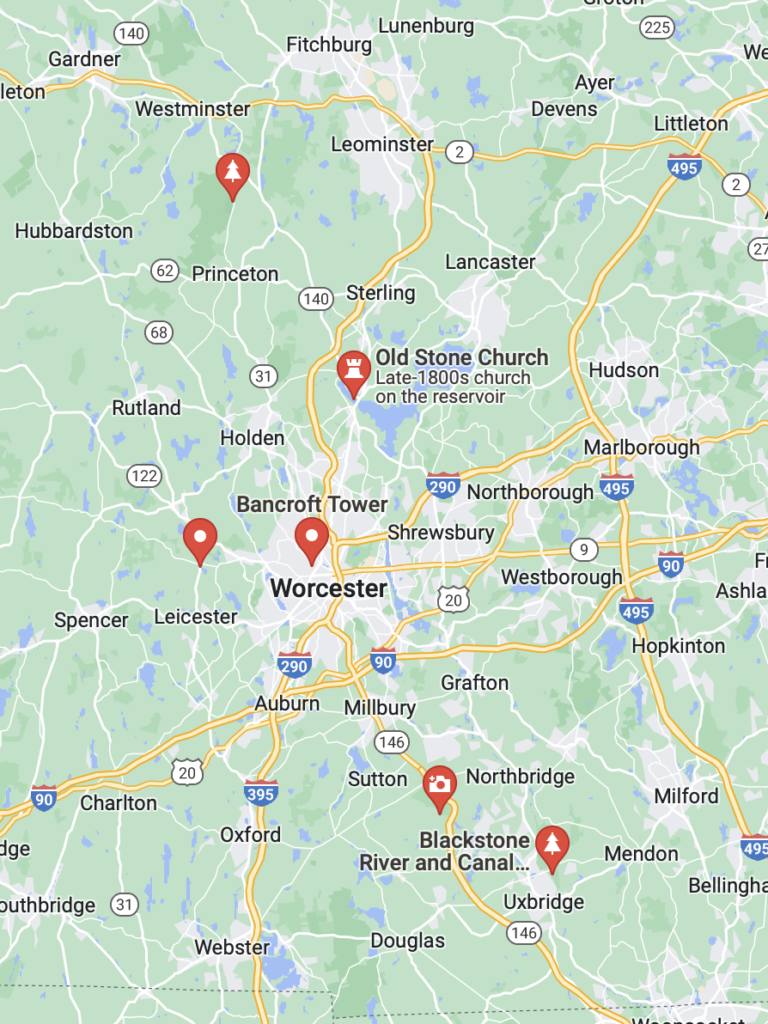
After that, I ordered a palm sized light to use for my drone. The one I got specifically was made for photography and had a mount to put on top of a camera. I opted not to purchase any made specifically for my drone because the price was much higher, and didn’t seem to offer much more.
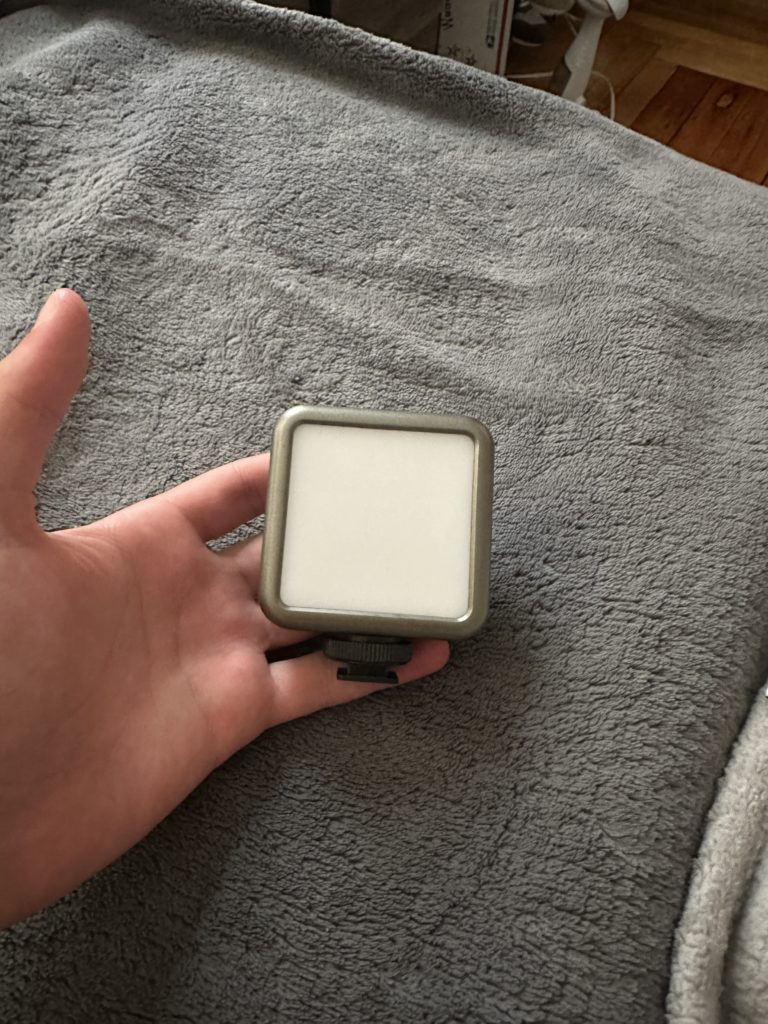
Next, I took my drone out to a field to test possible software I could use to trace paths, or fly in circles. One of the things I was most worried about was my ability to have the drone fly in circles, because I didn’t think the software allowed for it. After further inspection, the software that comes with the drone allows you to fly in circles, however, the drone uses computer vision with cameras to spot an object and fly in a single circle around it. With these exposures happening at night, this idea seemed unreliable and possibly dangerous for the drone, as it was highly unlikely that it would function properly.
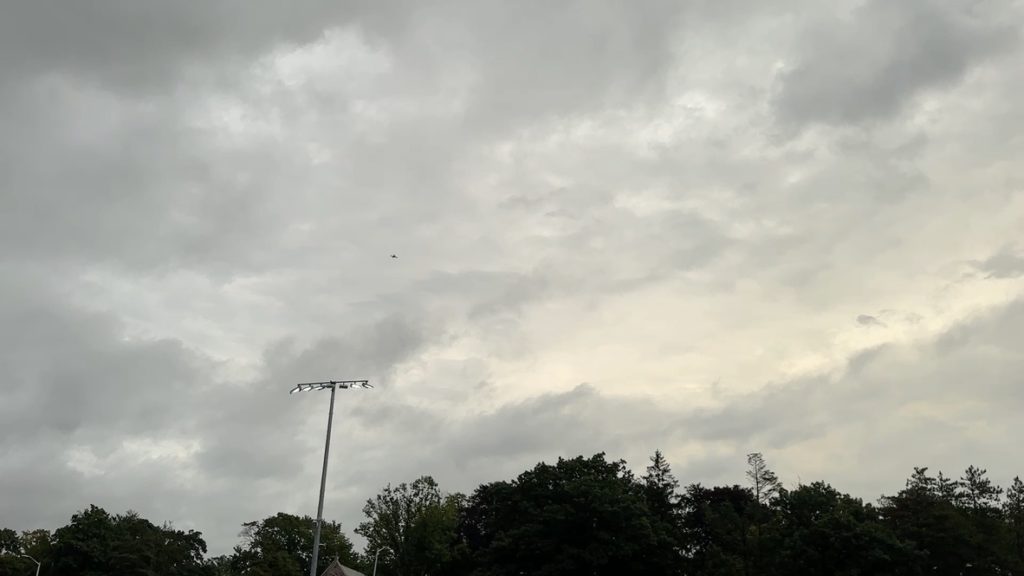
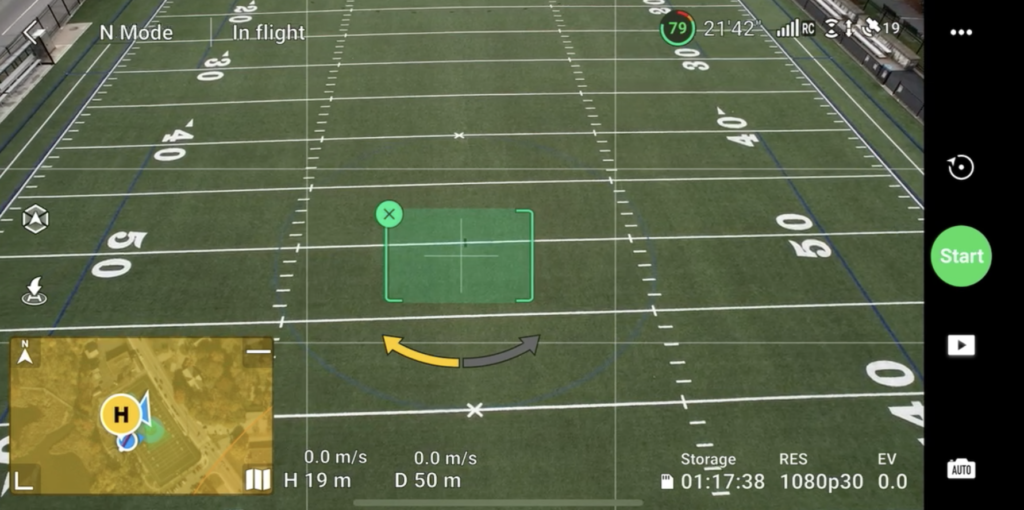
After having tested all this, I decided to go out and take a first try at doing an exposure. However, something very unexpected happened: When I attached the light to the drone, the built-in compass was unable to calibrate, and the drone would not take off. This was both due to an oversight from me and the manufacturers of the light I bought attempting to pack it full of too many features. The light has a built-in magnet on the back that can be used to attach it to anything metal. This unfortunately means that it interferes with the digital compass in the drone, and since the functionality of it is required for the drone to take off, I will either need to add padding between the light and the drone, or will need to open the light up to remove the magnet. Nevertheless, the light had to be unattached from the drone that night, and the first attempt at doing a long exposure had to be done with only the auxiliary light on the drone.
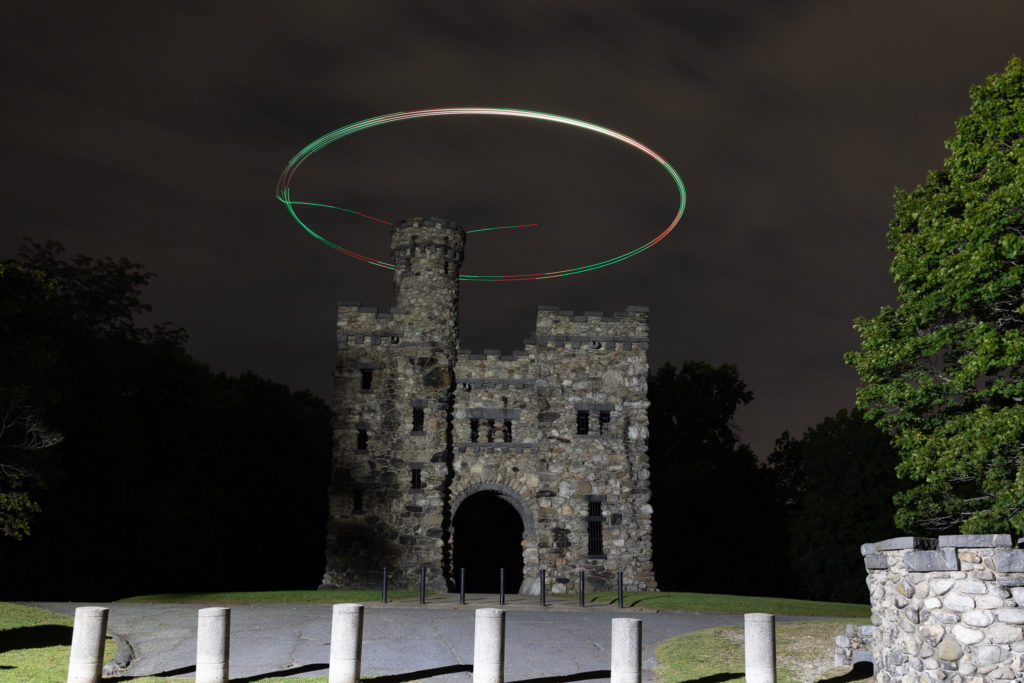
Here’s a few more attempts:
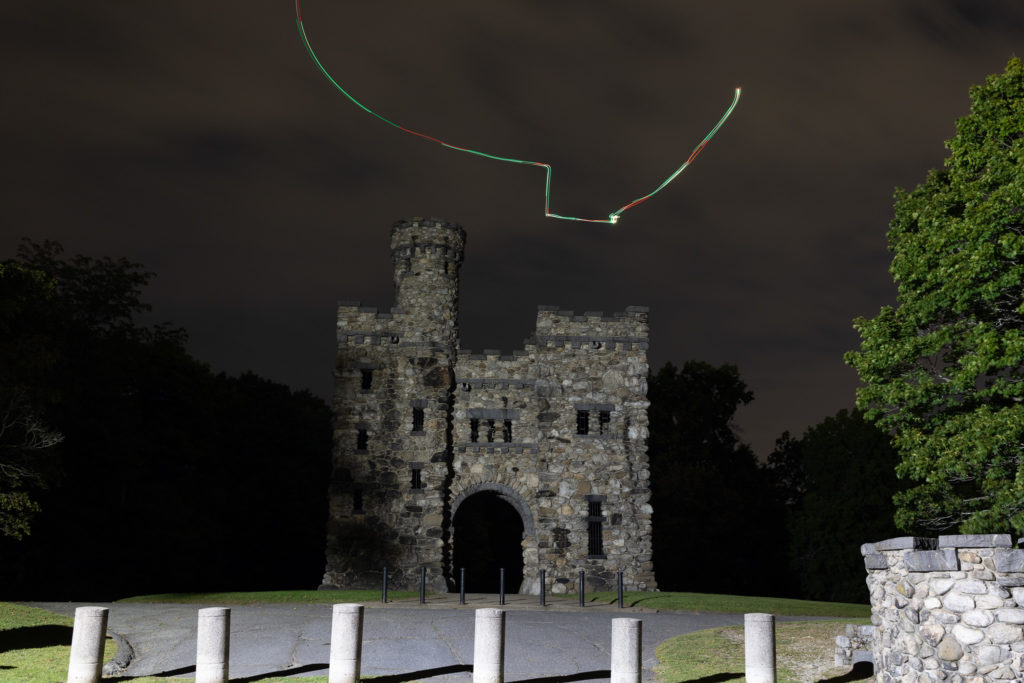
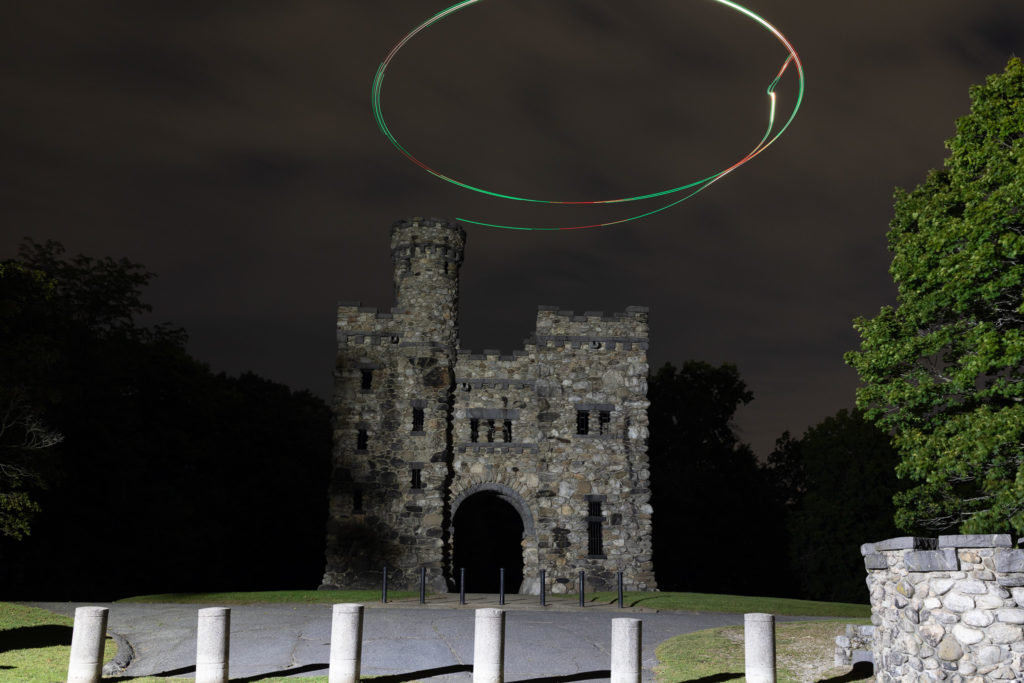
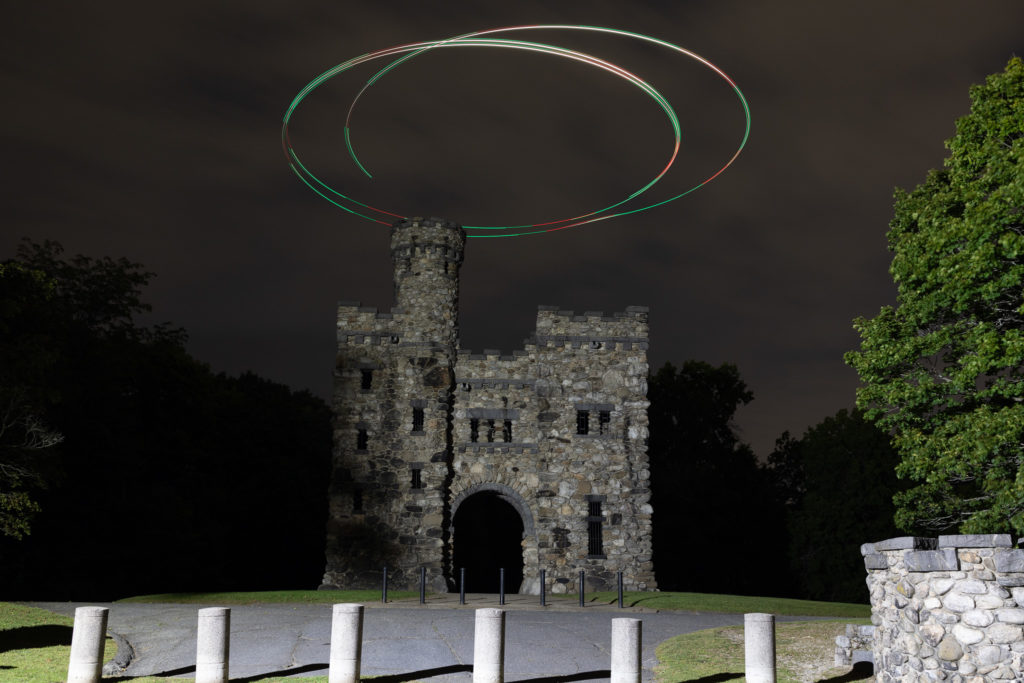

I think the abstract circle above Bancroft looks cool even though it isn’t a perfect circle. I feel like while doing the project, you might even get lucky and get a really good picture.
I think bancroft tower is a great site, however there’s definitely others if the lamp post poses too much of an issue. Using the drone gives a lot of potential to make a really cool picture, and I’m interested to know if suspending the light will fix the problem with the magnet.
I like the look of the abstract circles in the last picture and how they emphasize the structure in the image. If it is impossible to make exact shapes with the drone, going for more abstract imagery could be a good idea, as that would be more plausible in that scenario. What location are you currently planning to take long exposure photos at?
If you decide to keep that light, I think your course of action should be based on your comfort level in taking apart the light. It should be rather simple, but I’d personally rather work around the magnet instead of spending more money.
I think the red and green lights from the drone look pretty cool. I also like how the scene is lit. I wonder what it would look like if you tried flying the drone up and down as well as side to side.